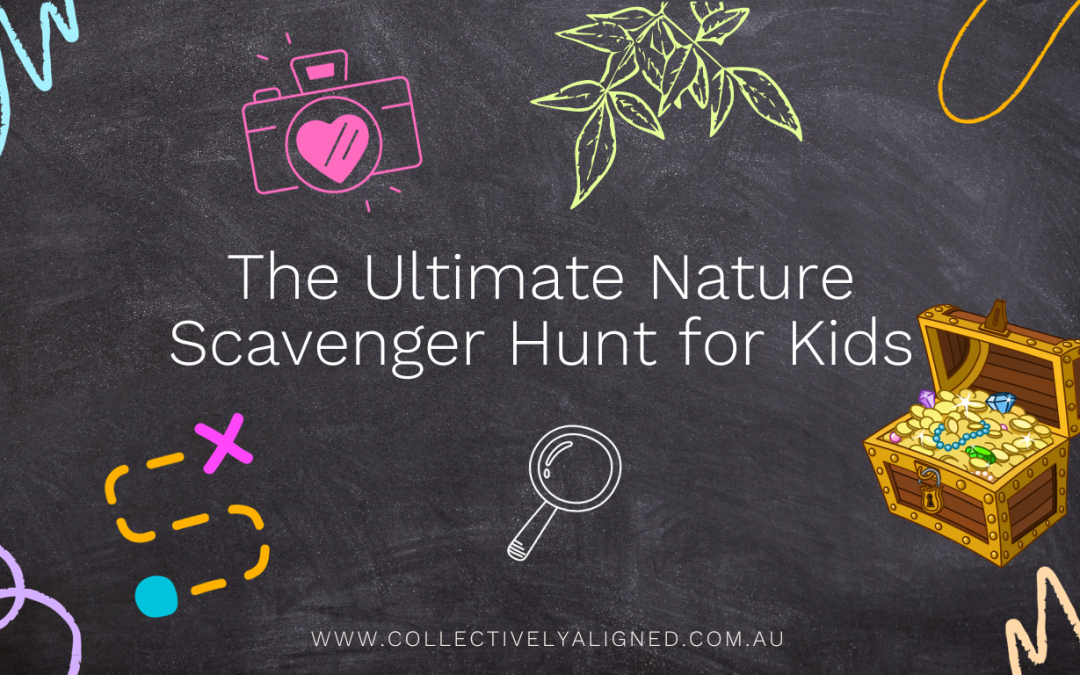Amidst the hustle and bustle of our tech-driven world, there’s an increasing need for children to reconnect with nature. Engaging with the natural world offers numerous benefits: it fosters creativity, reduces stress, and even improves cognitive function. But how can we make this engagement fun and educational? Enter the Nature Scavenger Hunt!
The Joy of the Hunt
A Nature Scavenger Hunt isn’t just about finding things. It’s about observing, appreciating, and understanding the world around us. It encourages children to be keen observers and nurtures their innate curiosity. Plus, it’s a fantastic family bonding experience!
Creating Your Own Nature Scavenger Hunt
Before you begin, consider the age of the participants. Younger children may benefit from simpler items to find, while older kids might enjoy more of a challenge.
- Decide on the Setting: Your backyard, a local park, or even a nature reserve can be ideal places. Each setting offers unique treasures to discover.
- List the Items: Make a mix of specific things (like a pinecone or a feather) and more abstract observations (like something that makes noise or something rough).
- Gather Supplies: Provide each participant with a bag or basket, the list, and perhaps a camera or a notebook to document their findings.
- Set the Ground Rules: Emphasize respect for nature. No harming plants or animals, and no littering.
Sample Scavenger Hunt List
- A leaf with more than one color
- An interestingly shaped cloud
- A feather
- A rock that feels smooth
- Something that makes a rustling sound
- A wildflower
- An insect that flies
- Something that feels wet
- A bird’s song
- A pinecone
- A spider’s web
- Something the wind is moving
- A twig shaped like a letter
- A piece of litter (remember to dispose of it properly!)
- Something that smells pleasant
Post-Hunt Activities
After the hunt, gather around and discuss the findings. You can:
– Share photos or sketches of the items found.
– Discuss the different sounds or textures experienced.
– Talk about the importance of preserving nature and what each child can do to help.
– Plan the next hunt, perhaps with themes (e.g., nighttime, water-based items, sounds of nature).
Nature Scavenger Hunts are more than just games. They’re opportunities to teach children about the environment, to instill a sense of wonder, and to create cherished family memories. In an age where screens are omnipresent, such real-world explorations are precious. So the next sunny day, arm your kids with a list and a sense of adventure, and let them discover the world in its purest form.


